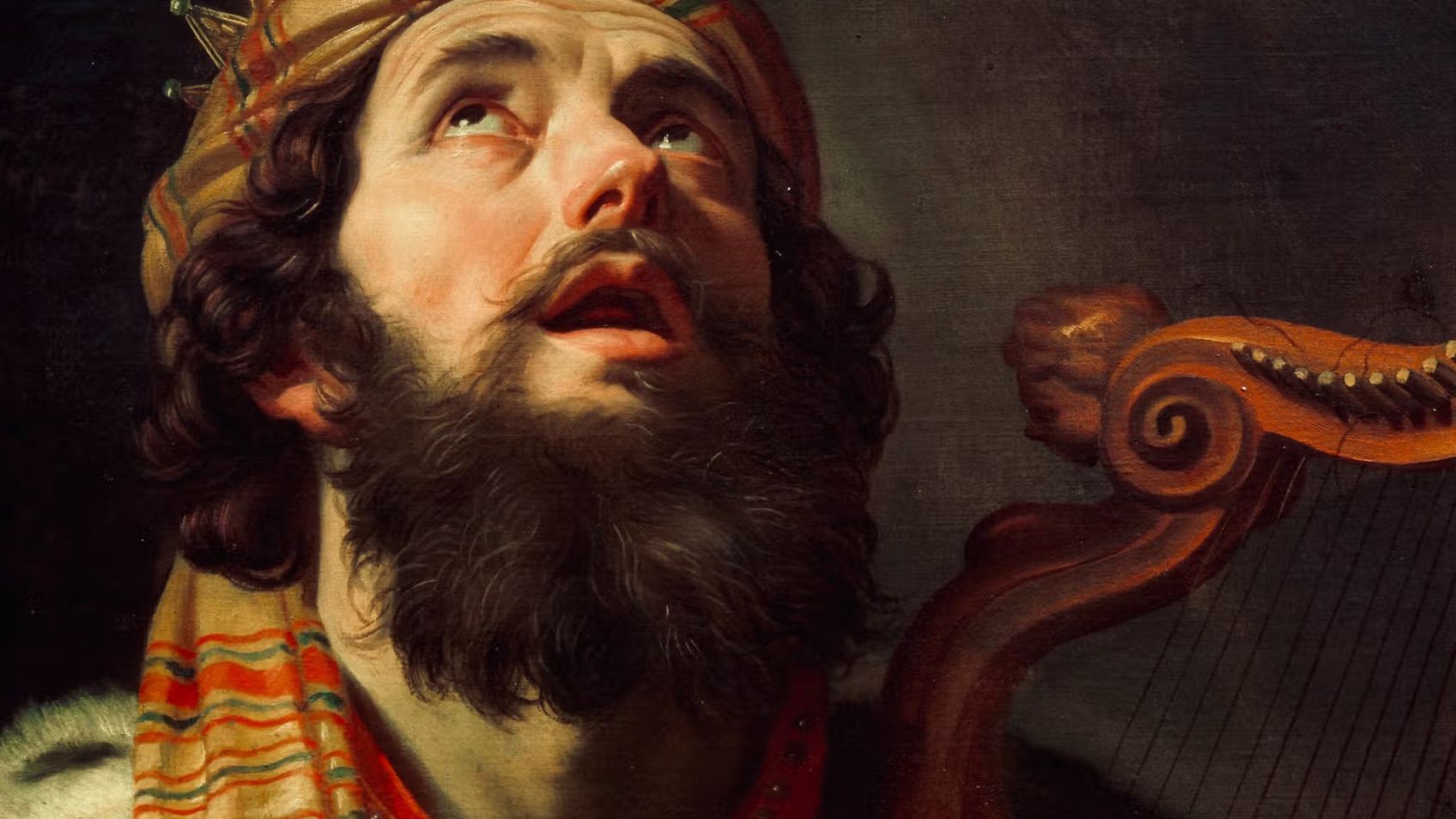1 Kings 7 - 8

1 KingsSteve Gregg
In this section of "1 Kings 7-8," Steve Gregg details the building of Solomon's temple. The hall and court inside were made with beveled windows, and pillars shaped like lilies with no known functional purpose. The tabernacle laver is described as a large swimming pool, and ten carts were used to transport it. Solomon summoned the elders and leaders of Israel to bring the Ark of the Covenant to the Temple, which was filled with the glory of the Lord and consumed the offerings with fire.
More from 1 Kings
6 of 12
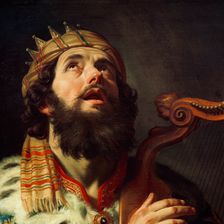
Next in this series
1 Kings 9 - 10
1 Kings
In "1 Kings 9-10," Steve Gregg discusses the completion of Solomon's building projects, including the temple and his own home. God showed His approval
7 of 12

1 Kings 11 - 12
1 Kings
In this talk, Steve Gregg discusses the final chapters of 1 Kings, focusing on the decline of King Solomon's rule due to his love for foreign women an
4 of 12

1 Kings 5 - 6
1 Kings
In "1 Kings 5-6," Steve Gregg discusses the building of Solomon's temple, which took seven years to complete. Solomon received help from King Hiram, w
Series by Steve Gregg
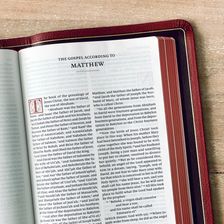
Gospel of John
In this 38-part series, Steve Gregg teaches verse by verse through the Gospel of John, providing insightful analysis and exploring important themes su
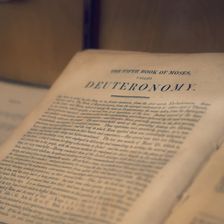
Deuteronomy
Steve Gregg provides a comprehensive and insightful commentary on the book of Deuteronomy, discussing the Israelites' relationship with God, the impor
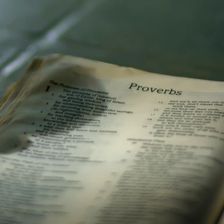
Proverbs
In this 34-part series, Steve Gregg offers in-depth analysis and insightful discussion of biblical book Proverbs, covering topics such as wisdom, spee
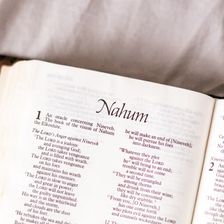
Nahum
In the series "Nahum" by Steve Gregg, the speaker explores the divine judgment of God upon the wickedness of the city Nineveh during the Assyrian rule
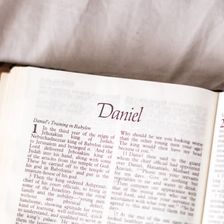
Daniel
Steve Gregg discusses various parts of the book of Daniel, exploring themes of prophecy, historical accuracy, and the significance of certain events.
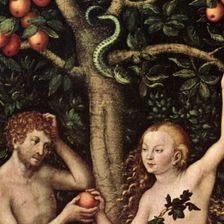
Original Sin & Depravity
In this two-part series by Steve Gregg, he explores the theological concepts of Original Sin and Human Depravity, delving into different perspectives
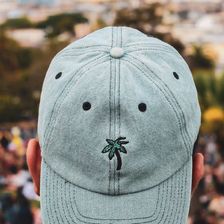
Message For The Young
In this 6-part series, Steve Gregg emphasizes the importance of pursuing godliness and avoiding sinful behavior as a Christian, encouraging listeners
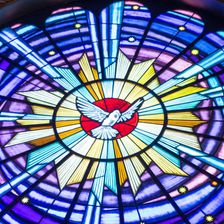
The Holy Spirit
Steve Gregg's series "The Holy Spirit" explores the concept of the Holy Spirit and its implications for the Christian life, emphasizing genuine spirit
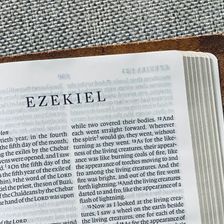
Ezekiel
Discover the profound messages of the biblical book of Ezekiel as Steve Gregg provides insightful interpretations and analysis on its themes, propheti
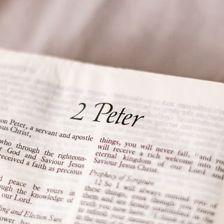
2 Peter
This series features Steve Gregg teaching verse by verse through the book of 2 Peter, exploring topics such as false prophets, the importance of godli
More on OpenTheo

What Are Some Good Ways to Start a Conversation About God with Family Members?
#STRask
October 30, 2025
Questions about how to start a conversation about God with non-Christian family members, how to keep from becoming emotional when discussing faith iss

Did God Create Us So He Wouldn’t Be Alone?
#STRask
November 3, 2025
Questions about whether God created us so he wouldn’t be alone, what he had before us, and a comparison between the Muslim view of God and the Christi

Is 1 Corinthians 12:3 a Black-and-White Tool for Discernment?
#STRask
October 27, 2025
Questions about whether the claim in 1 Corinthians that “no one can say ‘Jesus is Lord’ except in the Holy Spirit” is a black-and-white tool for disce

The Historical Reliability of the Gospels: Licona vs. Ehrman - Part 2
Risen Jesus
September 10, 2025
In this episode, frequent debate opponents Dr. Michael Licona and Dr. Bart Ehrman face off on the historical reliability of the gospels. Held in 2018

What About Those Who Never Heard the Name of Jesus?
#STRask
December 22, 2025
Questions about what will happen to those who never heard of Jesus or were brought up in a different faith, whether there’s biblical warrant to think
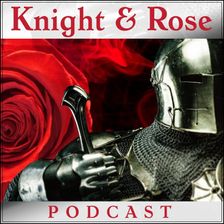
Lora Ries: Border Security and Immigration Policy
Knight & Rose Show
December 7, 2025
Wintery Knight and Desert Rose welcome Lora Ries to discuss border security and immigration policy. They explore Biden's policy changes, like ending R

Is “God the Father” a Sexist Term That Demeans Women?
#STRask
September 29, 2025
Questions about whether “God the Father” is a sexist term that demeans women in general and mothers in particular, how long Hell has been there, wheth
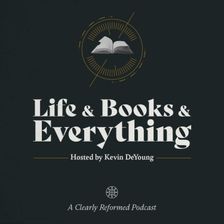
The Golden Thread of the Western Tradition with Allen Guelzo
Life and Books and Everything
October 6, 2025
Dr. Guelzo is back once again for another record setting appearance on LBE. Although he just moved across the country, Allen still made time to talk t

How Did a Fisherman Write the Book of Peter?
#STRask
September 18, 2025
Questions about how a fisherman could have written the book of Peter, why people say that not mentioning the destruction of the temple indicates an ea

The Heidelberg Catechism with R. Scott Clark
Life and Books and Everything
November 3, 2025
You may not think you need 1,000 pages on the Heidelberg Catechism, but you do! R. Scott Clark, professor at Westminster Seminary California, has writ

Since Most People Are Wrong When They Make Supernatural Claims, Why Didn't God Do Better?
Risen Jesus
September 17, 2025
Dr. Matthew McCormick, a philosophy professor at California State University, Sacramento, doesn’t believe that there is satisfactory historical eviden

The Historical Perspective vs. The Theological Perspective on the Resurrection: Are Both Valid?
Risen Jesus
October 1, 2025
This episode is a discussion between Dr. Mike Licona and then PhD candidate Laura Robinson on the Capturing Christianity podcast. While both scholars

What Tools of Reasoning Help You Know What’s True, Right, and Good?
#STRask
December 4, 2025
Question about what tools of reasoning help us determine whether something is true or false, right or wrong, good or bad before bringing Scripture int

Is Doing the Right Thing a Sin If You Truly Believe It’s Wrong?
#STRask
September 22, 2025
Questions about whether Romans 14:23 means that doing the right thing is a sin if you truly believe it’s wrong, and how to reconcile Hebrews 10:16, wh

Corey Miller: The Progressive Miseducation of America
Knight & Rose Show
September 27, 2025
Wintery Knight and Desert Rose welcome Dr. Corey Miller to discuss The Progressive Miseducation of America. They examine how universities promote scie
